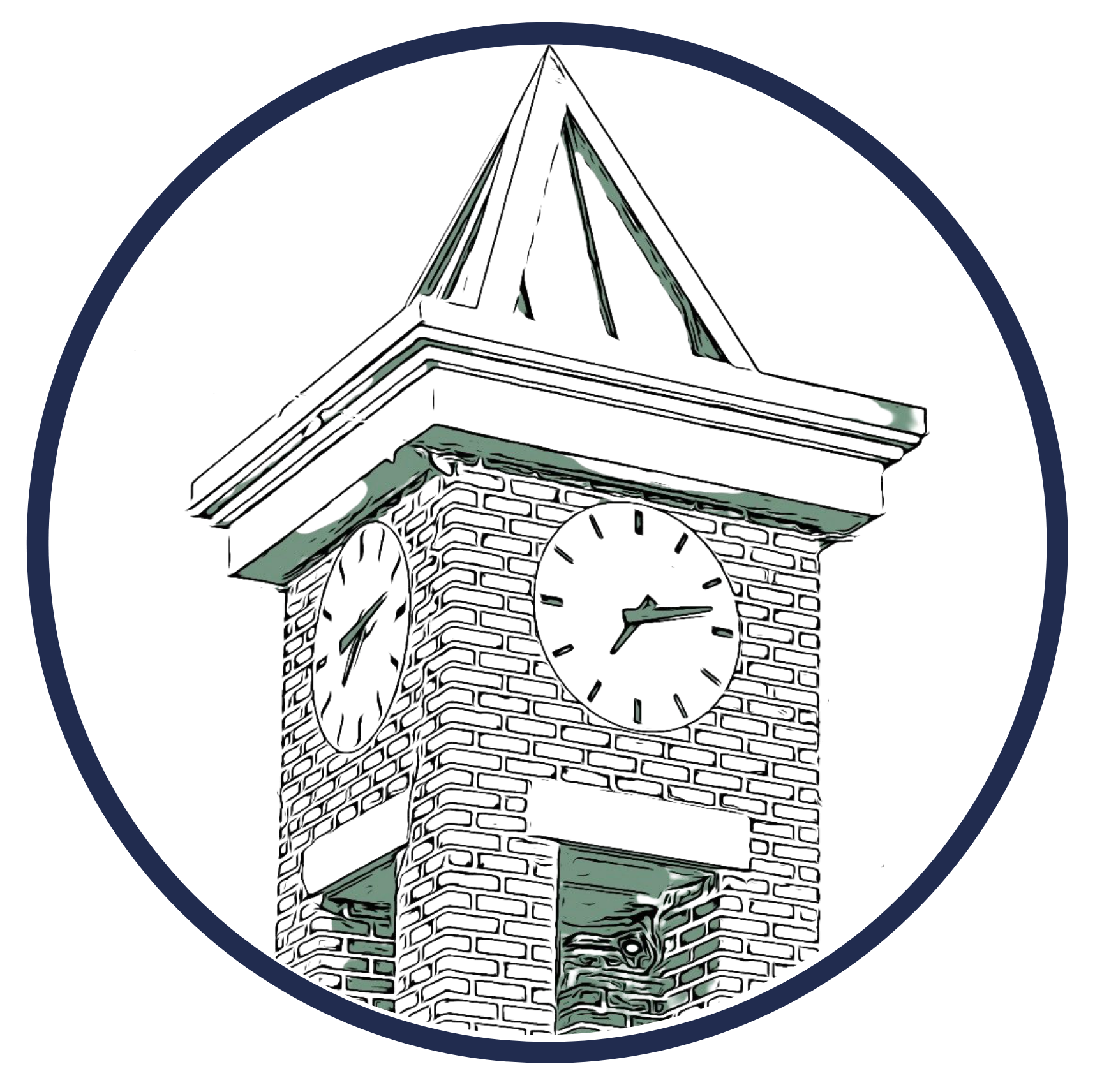Historic Buildings & Markers
A huge thank you to the Sealy Area Historic Society & The Sealy News for keeping our History alive and keeping great detailed records of our buildings downtown in the Historic District.
Historic Buildings
The Salon
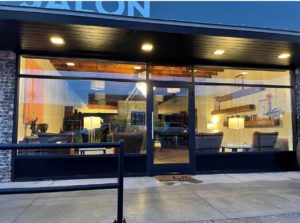
The Texas Theater
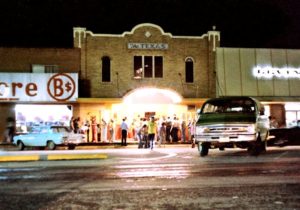
L Country Crafted Home Décor and Craft Supply
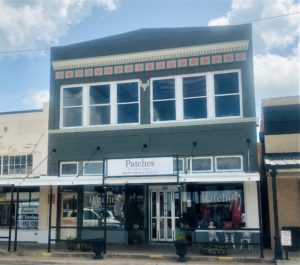
Saddleback Saloon
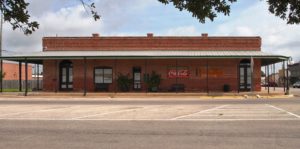
The Clock Tower
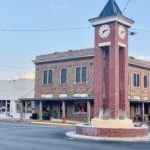
Bill's Country Market
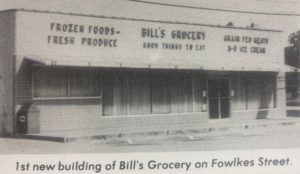
Citizen's State Bank
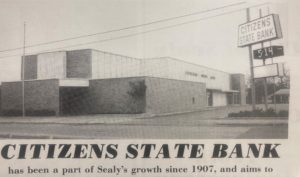
Fancies

Bank Saloon F.C. Schaffner
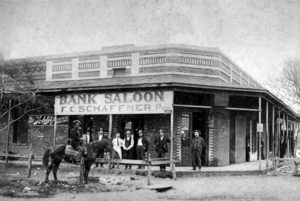
Vierick Building
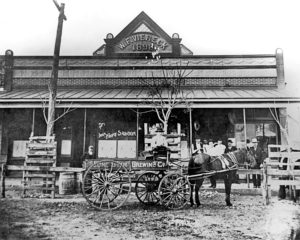
Historic Markers
Santa Fe Museum
City of Sealy
Haynes Mattress Factory
Dr. James West Bostick
St John Episcal Church
Paul and Mahala Hackbarth House
Hackbarth Building
Trinity Lutheran Church
Sealy's History
Around 1900, the town experienced a series of misfortunes, including a disastrous Brazos River flood in 1899, the relocation of the Gulf, Colorado and Santa Fe division headquarters to Bellville, Texas (just north of Sealy) in January of the next year, and the devastating hurricane of 1900, which struck in September. However, the establishment of such manufacturing enterprises as the Haynes Mattress Factory, the Engelking Brothers Broom Factory, and the Sealy National Bank helped to build the commercial reputation of the growing community. On August 16, 1949, the residents of Sealy voted to incorporate the small town as Austin County’s newest city.

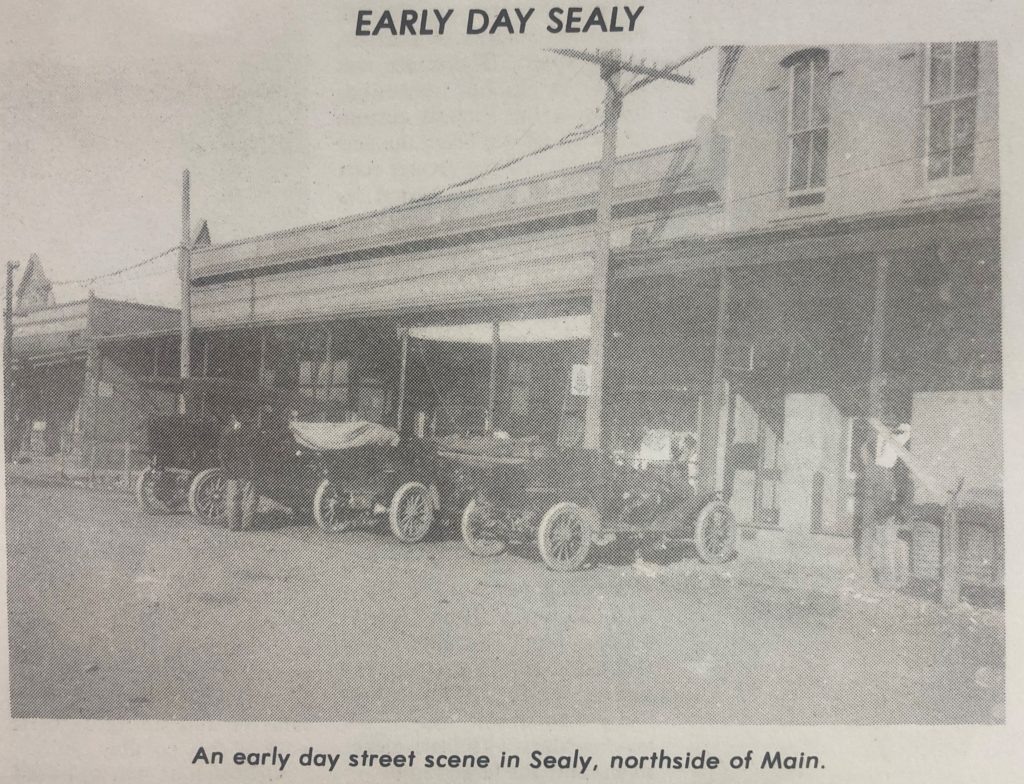

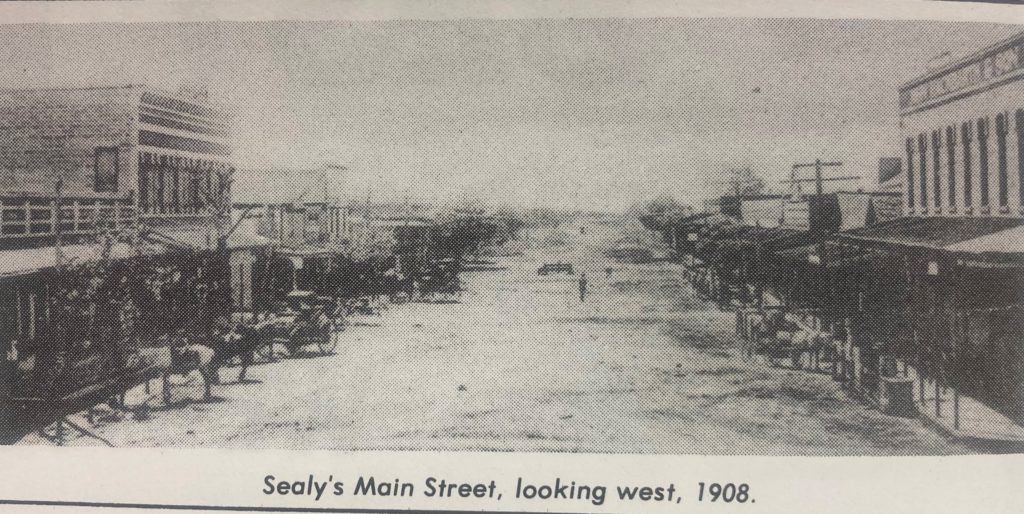
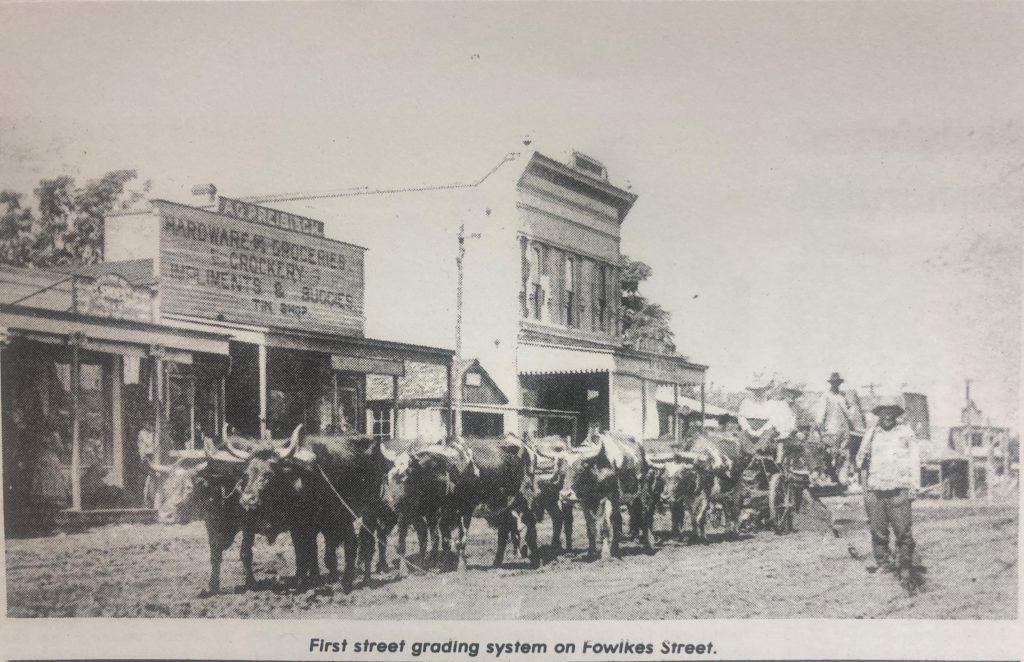
If you have any more Historic Info or pictures to add to our collection, please send them to mainstreet@ci.sealy.tx.us
These are the stories of Sealy, as they have been passed down by the generations. Sometimes translation gets lost along the way and may not be 100% accurate.
